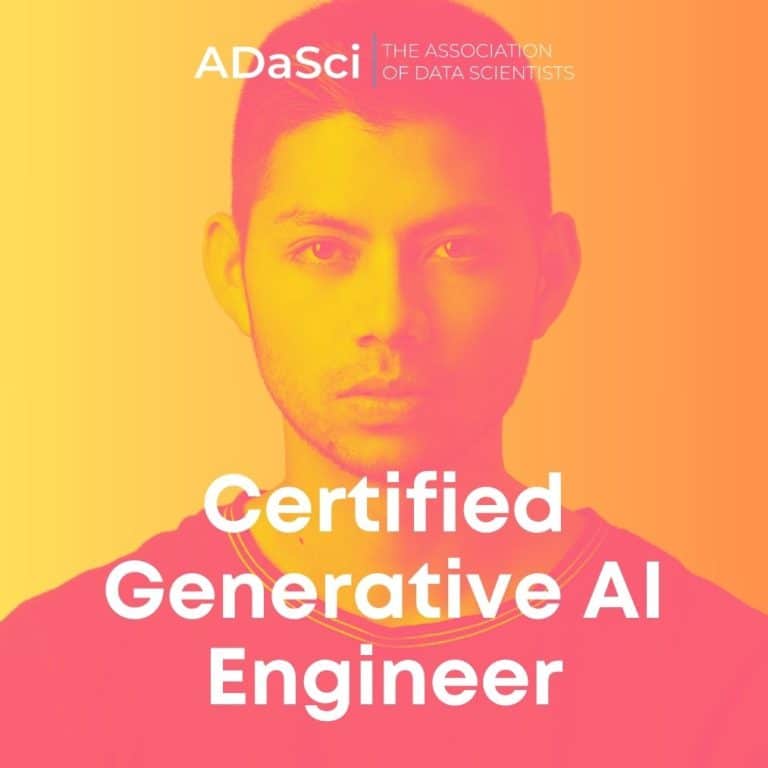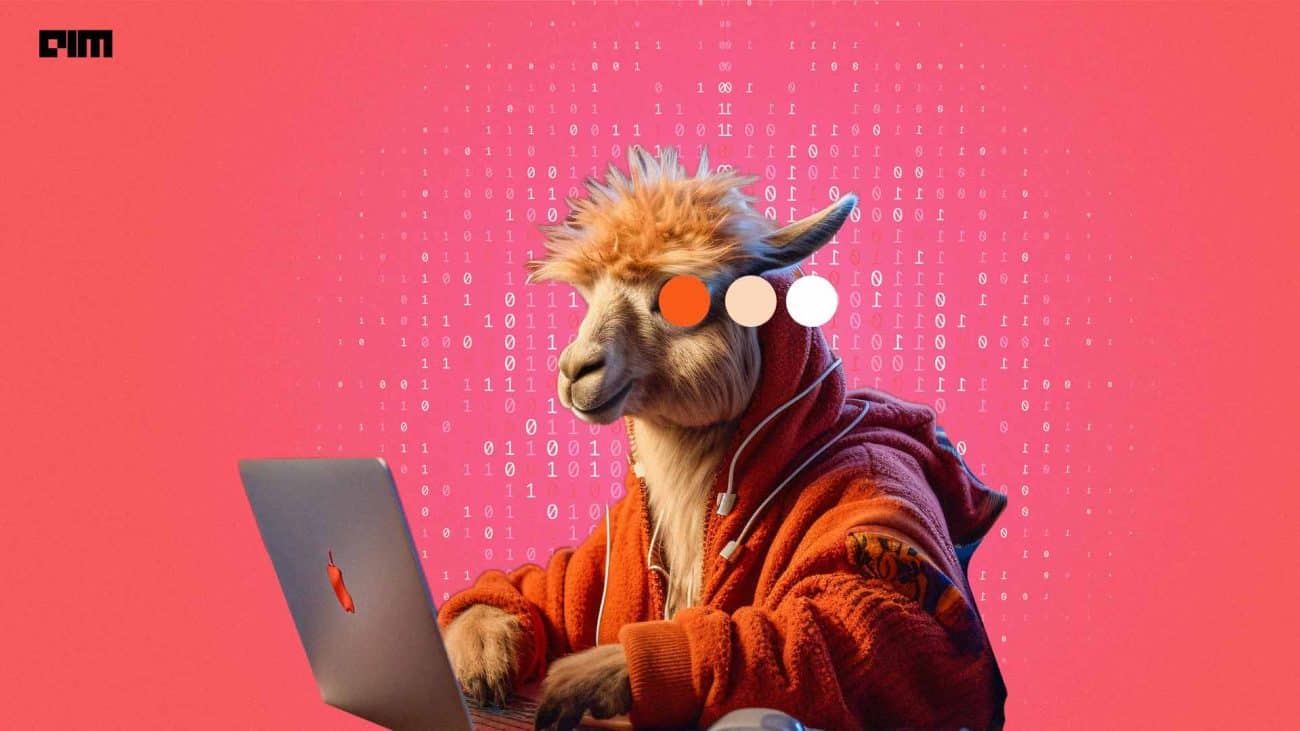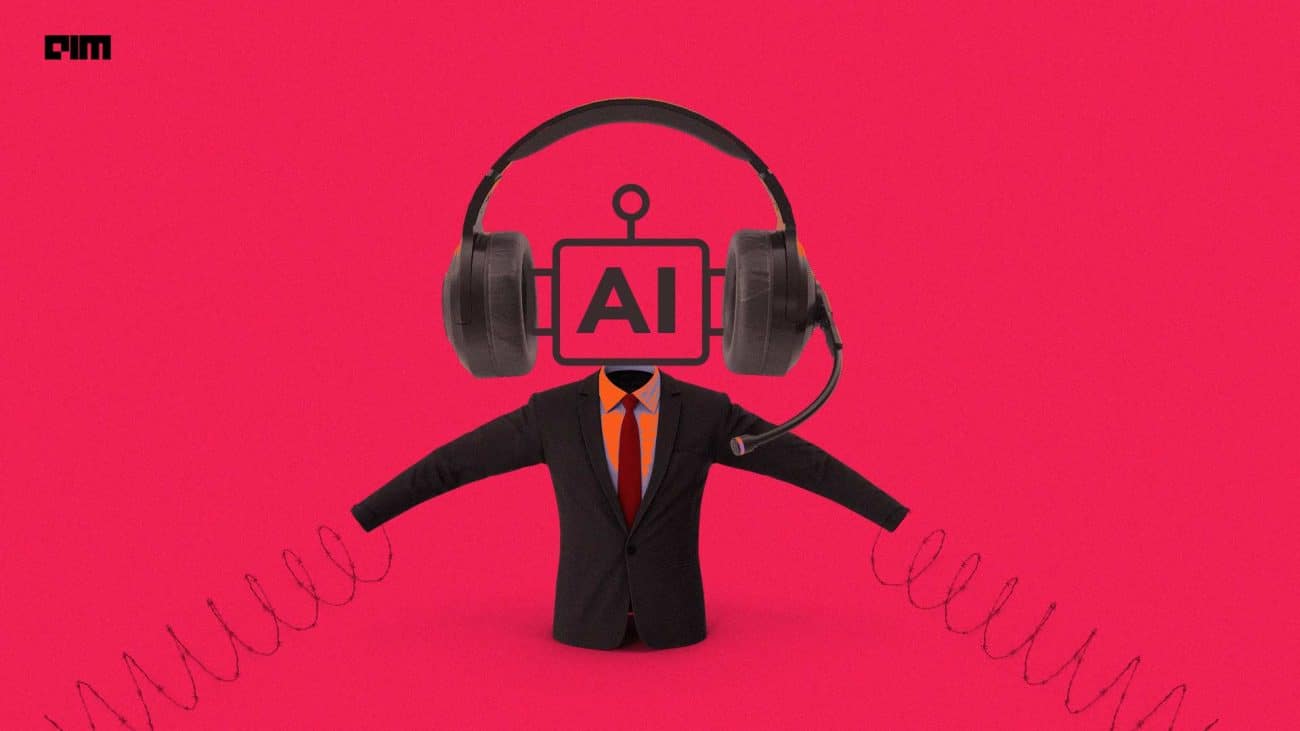Tiny machine learning (TinyML) is an embedded software technology that can be used to build low power consuming devices to run machine learning models. It is also more famously referred to as the missing link between device intelligence and edge hardware. It makes computing at edge cheaper, less expensive, and more stable. Further, TinyML also facilitates improved response time, privacy, and low energy cost.
TinyML is massively growing in popularity with every passing year. As per ABI Research, a global tech market advisory firm, by 2030, about 230 billion devices will be shipped with TinyML chipset.
TinyML has the ability to provide a range of applications, from imagery micro-satellite, wildfire detection, and for identifying crop ailments and animal illness. Another area of application that is drawing great attention is its application in IoT devices.
TinyML and IoT
TinyML brings ultra-low-power systems and machine learning communities together; this paves the way for more exciting on-device machine learning. TinyML is placed at the intersection of embedded machine learning applications, algorithms, hardware, and software. As compared with a desktop CPU, which consumes 100 watts of power, TinyML just required a few milliwatts of battery power. With such a major advantage, TinyML can provide great longevity to always-on ML applications at the edge/endpoint.
Currently, there are 250 billion microcontrollers in the world today. This number is growing by 30 billion annually. The reason for its pervasiveness is that, firstly, it gives small devices the ability to make smart decisions without needing to send the data to the cloud. Further, TinyML models are small enough to fit into almost any environment. Taking the example of an imagery micro-satellite which are required to capture high-resolution images but are restricted by the size and number of photos they can transmit back to Earth. With TinyML, however, the microsatellite only captures an image if there was an object of interest such as a ship or weather pattern.
TinyML has the potential to transform the way one deals with IoT data, where billions of tiny devices are already used to provide greater efficiency in fields of medicine, automation, and manufacturing.
It is very important to make a clear distinction between ‘serving’ machine learning to IoT and ‘developing’ machine learning inside the IoT devices. In the former, the machine learning tasks are outsourced to the cloud, while the IoT device waits for the execution of intelligent services, however, in latter, TinyML-as-a-service is employed, and the IoT device is part of the execution of the services. The TinyML represents a connecting point between the IoT devices and the ML.
The hardware requirements for machine learning in larger systems are analogous to TinyML in smaller IoT. As the size of IoT devices hitting the market increase, we could see even higher investment in terms of research in TinyML, exploring concepts such as deep neural networks, model compression, and deep reinforcement learning.
The Challenges
There are a few challenges of integrating TinyML in the IoT devices; some of them are:
- Overcoming the technical challenges within edge computing
- The differences between web-based and embedded technologies in terms of deployment and execution.
- The computational resource that is required for delivering an accurate and reliable output.
Wrapping Up
Speaking in detail about the applications of TinyML, it can be used in sensors for real-time traffic management and ease of urban mobility; in manufacturing, TinyML can be used to enable real-time decision making to identify equipment failure. The workers can be alerted to perform preventive maintenance based on the equipment conditions; TinyML can also be used in the retail business for monitoring the availability of the resource.
TinyML is gaining its ground but is still in a very nascent stage. It is expected to take over space with inter-sector applications very soon.











































